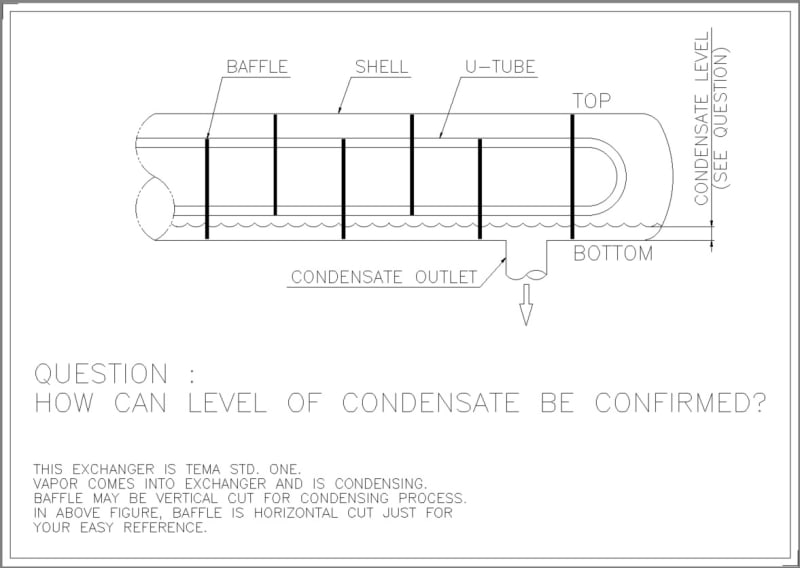gotothesky
Mechanical
- May 14, 2019
- 57

Hello
I would like to confirm some matter for Condensing exchanger!
Vaper is changed to condensate in heat exchanger.
I want to know level of condensate in heat exchanger.
Thank you in advance.
Regards,
Follow along with the video below to see how to install our site as a web app on your home screen.
Note: This feature may not be available in some browsers.

And, how is the vapor accumulated in the Vapor Trap treated?
